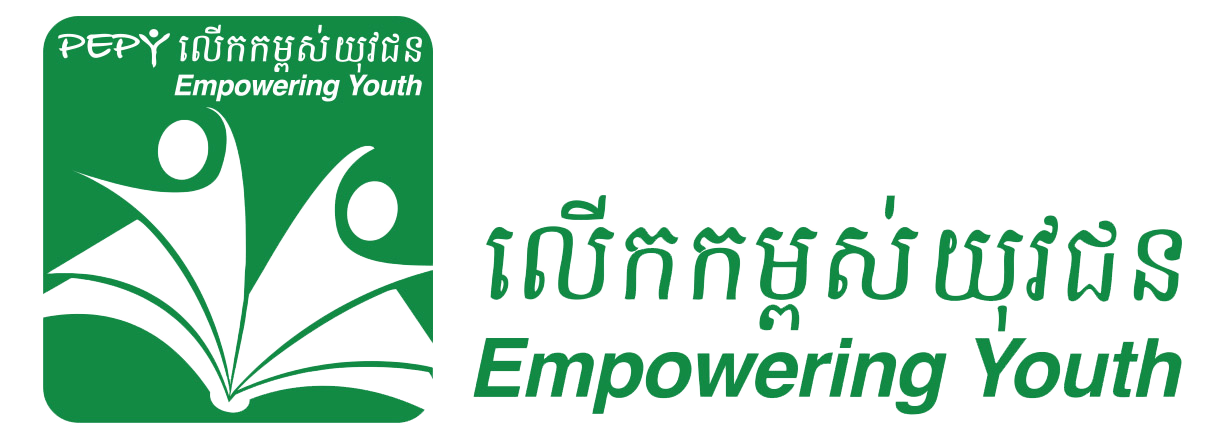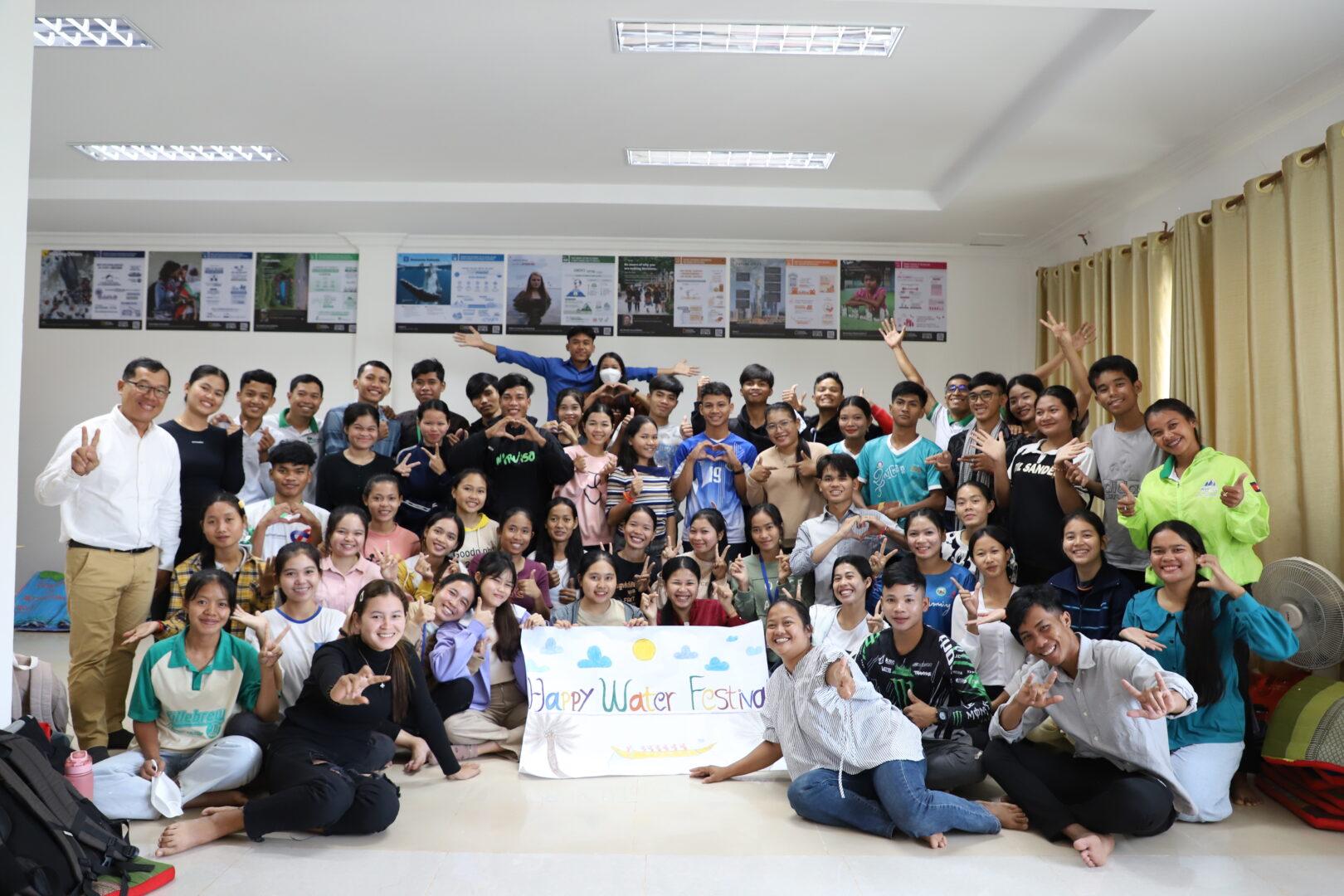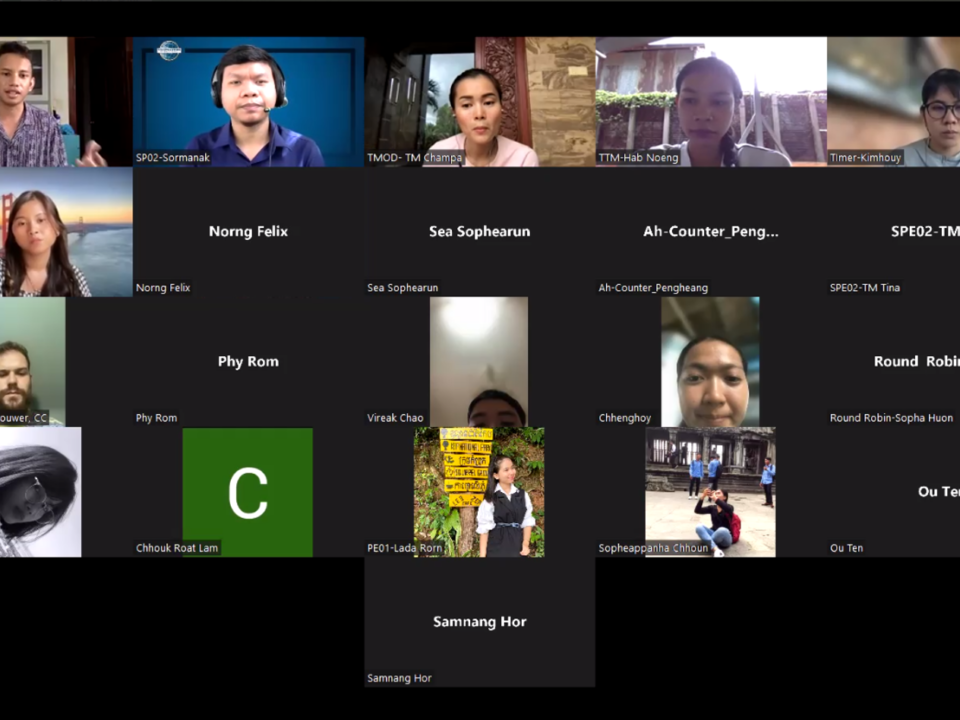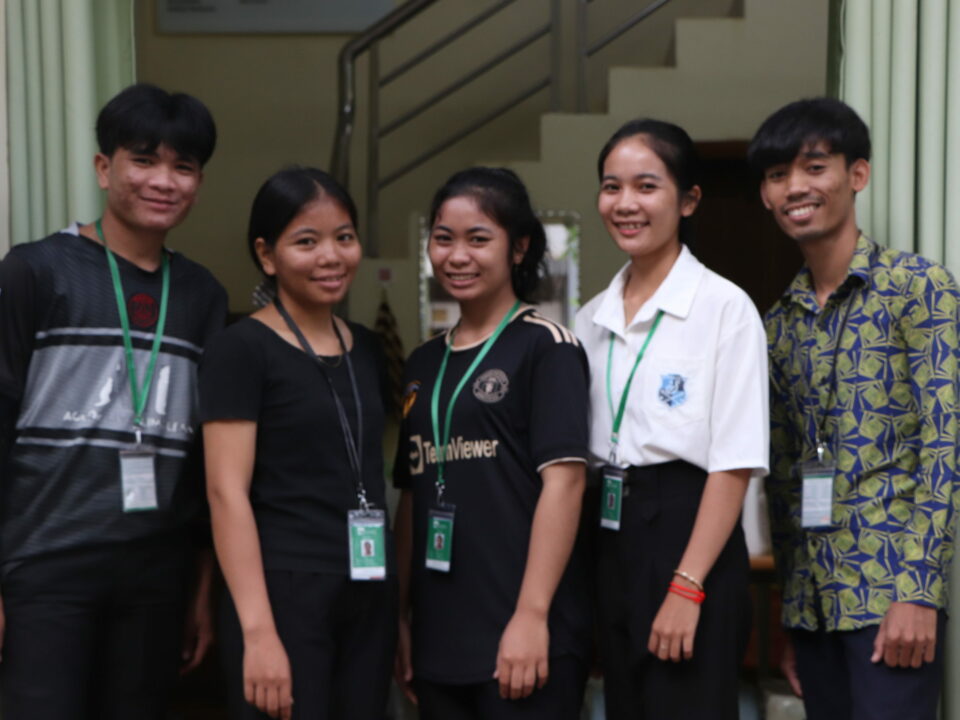PEPY Methodology: A note on framing projects
September 5, 2012
The obsession with easy
September 19, 2012PEPY invites seven exceptional students to join our inaugural advisory board
 In an effort to further one of our core values— “Work with, not for”— we have recently created a PEPY Youth Board. For the next year, an advisory group of seven students will meet to provide crucial feedback about how our projects can better help serve their fellow friends and classmates in Chanleas Dai commune.
In an effort to further one of our core values— “Work with, not for”— we have recently created a PEPY Youth Board. For the next year, an advisory group of seven students will meet to provide crucial feedback about how our projects can better help serve their fellow friends and classmates in Chanleas Dai commune.
Why have we decided to form an official advisory board? A big reason has to do with how our programming has evolved. At last year’s Executive Leadership Retreat, PEPY re-affirmed its focus on projects geared specifically toward young people. As our projects began to reflect this, we started to recognize the importance of gathering input from the students themselves about whether or not they thought the projects were adequately fulfilling their intended purpose. Once we reached the end of the school year, we decided it was good time to put together a formal channel through which strong-minded young leaders could voice their opinions.
To form the board, we had to select a group of students who would be able to speak openly and honestly on behalf of their peers. Our first step involved presenting the idea at the Child-to-Child clubs, Young Leaders clubs, schools, and community meetings. Following these announcements, several enthusiastic students submitted formal applications, which involved completing a written questionnaire and interviewing with three PEPY staff members. We had many exceptional candidates, but in the end there were seven participants who stood out as being particularly ready for this kind of challenge. As this is a pilot project, we remain open to the idea that the number of members could increase in the future, and we are excited to see the development of the individuals, the group and the project.
The students have made their official debut at a PEPY staff meeting, and they have already begun to set an agenda and activity plan. These students will have the opportunity to discuss their ideas with key PEPY staff members about our various projects: what goals they address, how they are designed, and whether or not they are relevant and engaging to young people. The students’ responses will be essential as we determine how we can best work to expand the opportunities available for youth moving forward.
Though the students are different ages and come from various schools, they have wasted no time in forming close bonds. They are also eager to prove themselves as effective board members. “I want to be a good role model for the youth in my village,” explained Leat Ponluer when asked why he applied to join the team. “I want to work with youth to develop my community and to get more experience in volunteering, as well as improve my knowledge. I think this is also a good experience [for my career].” Leat aspires to be either a lawyer or a computer teacher.
Given the high degree of potential with these particular students, we look forward to learning from their creativity and hearing all of the feedback that they have to give!



